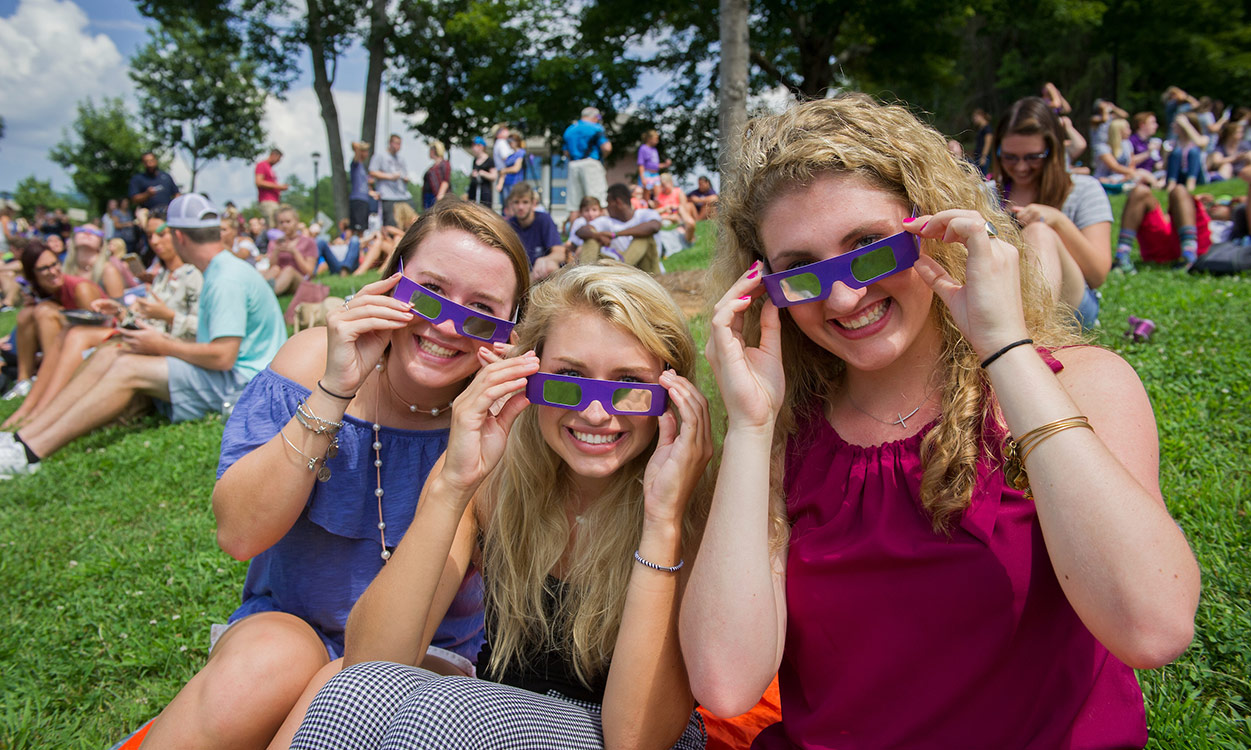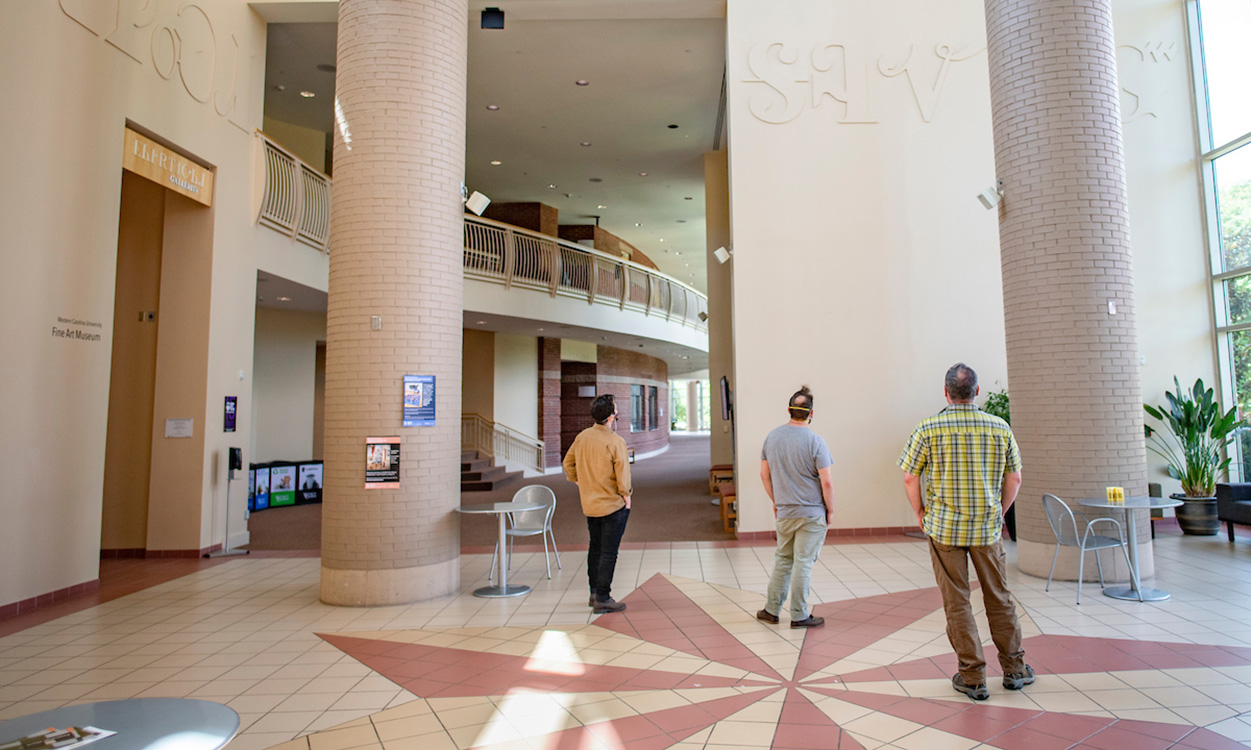Astronomer Enrique Gomez advises on viewing June 10 eclipse
Enrique Gomez, associate professor of physics and astronomy at Western Carolina University, urges viewers of the Thursday, June 10, solar eclipse to use only certified, recently-purchased eclipse glasses.
“These products should have been verified by an accredited testing laboratory to meet the ISO 12312-2 international safety standard for solar-viewing glasses,” said Gomez. “If you still have eclipse glasses from the 2017 total solar eclipse, please don’t use them as they have a lifetime of only two years and are no longer safe for use. The substrate film on their filters degrades with time, and if these have been unprotected in a drawer for years, they may have imperceptible physical damage as well.”
American Astronomical Society lists safe, acceptable viewers at eclipse.aas.org.
The June 10 event will not be a total eclipse, Gomez said, but rather an annular eclipse where the moon is so far in its orbit that it fails to completely cover the sun producing a ring in the sky. The only places where this could be visible on that day are in Canada and the Russian Federation. The Eastern U.S. will only experience a partial eclipse. The sun will rise partially eclipsed by the moon at 6:15 a.m. and this partial phase will end at 6:27 a.m. in Western North Carolina.
“It is not safe to look at the sun directly even this low in the horizon,” Gomez said.
The safest way to experience this eclipse would be to make a pinhole projector, Gomez said. One can take a piece of cardboard or aluminum foil, poke a small hole, and look at the projection from this hole on another flat surface to see a sun have a “missing part,” which is the disc of the moon partially covering it.


